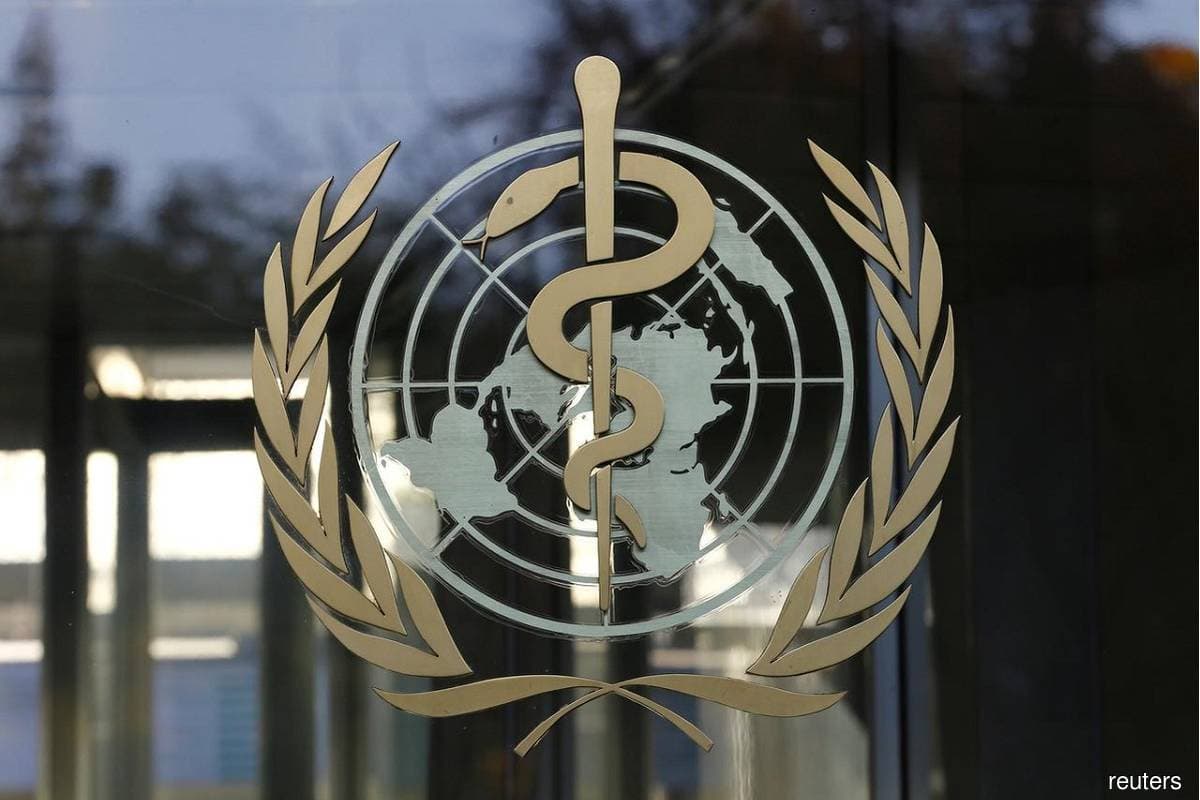
KUALA LUMPUR (Oct 31): The World Health Organization's (WHO) Technical Advisory Group on SARS-CoV-2 Virus Evolution (TAG-VE) said that based on currently available evidence, there is no evidence that the overall phenotype of XBB and BQ.1 diverge sufficiently from each other, or from other Omicron lineages with additional immune escape mutations, in terms of the necessary public health response, to warrant the designation of new variants of concern and assignment of a new label.
In a statement Oct 27, the agency said the two sublineages remain part of Omicron, which continues to be a variant of concern.
TAG-VE said this decision will be reassessed regularly.
It said if there is any significant development that warrant a change in public health strategy, WHO will promptly alert member states and the public.
The agency said the Omicron variant of concern remains the dominant variant circulating globally, accounting for nearly all sequences reported to GISAID.
GISAID is a global science initiative and primary source established in 2008 that provides open access to genomic data of influenza viruses and the coronavirus.
“While we are looking at a vast genetic diversity of Omicron sublineages, they currently display similar clinical outcomes, but with differences in immune escape potential.
“The potential impact of these variants is strongly influenced by the regional immune landscape,” it said.
TAG-VE said while reinfections have become an increasingly higher proportion of all infections, this is primarily seen in the background of non-Omicron primary infections.
It said with waning immune response from initial waves of Omicron infection, and further evolution of Omicron variants, it is likely that reinfections may rise further.
The role of the TAG-VE is to alert WHO if a variant with a substantially different phenotype (e.g. a variant that can cause a more severe disease or lead to large epidemic waves causing increased burden to the healthcare system) is emerging and likely to pose a significant threat.